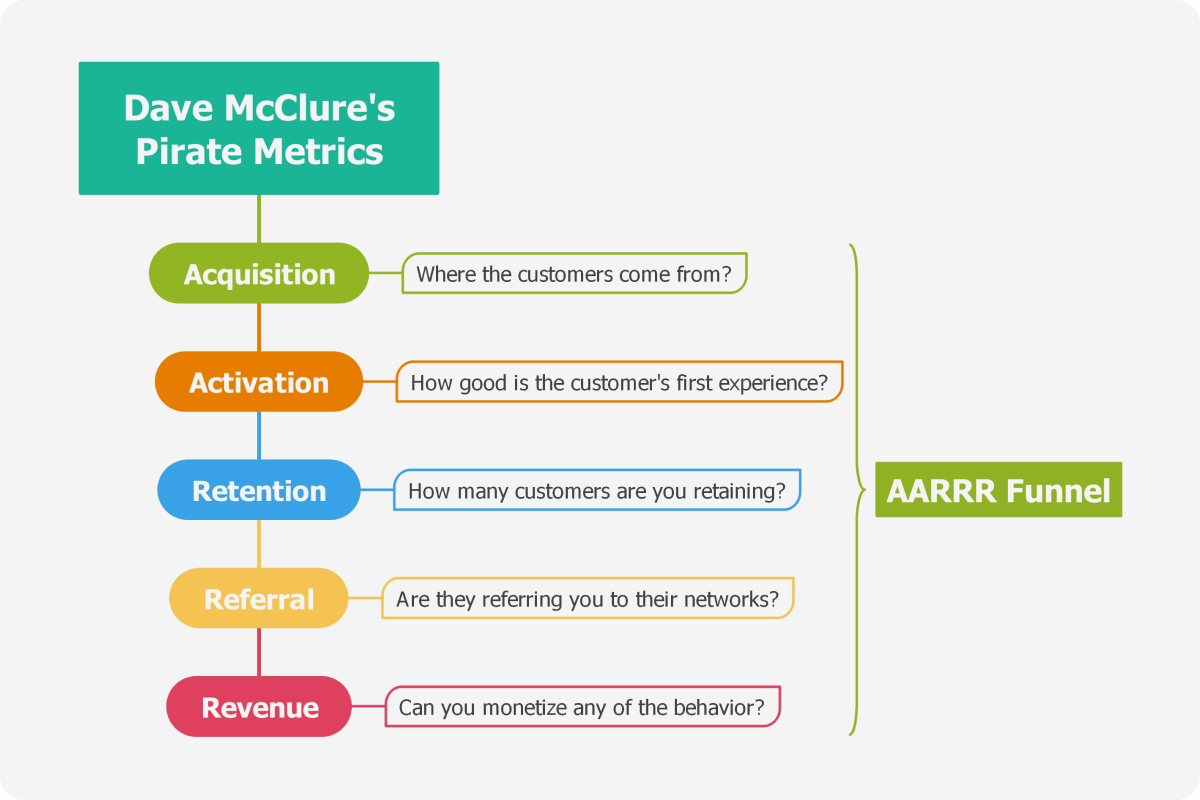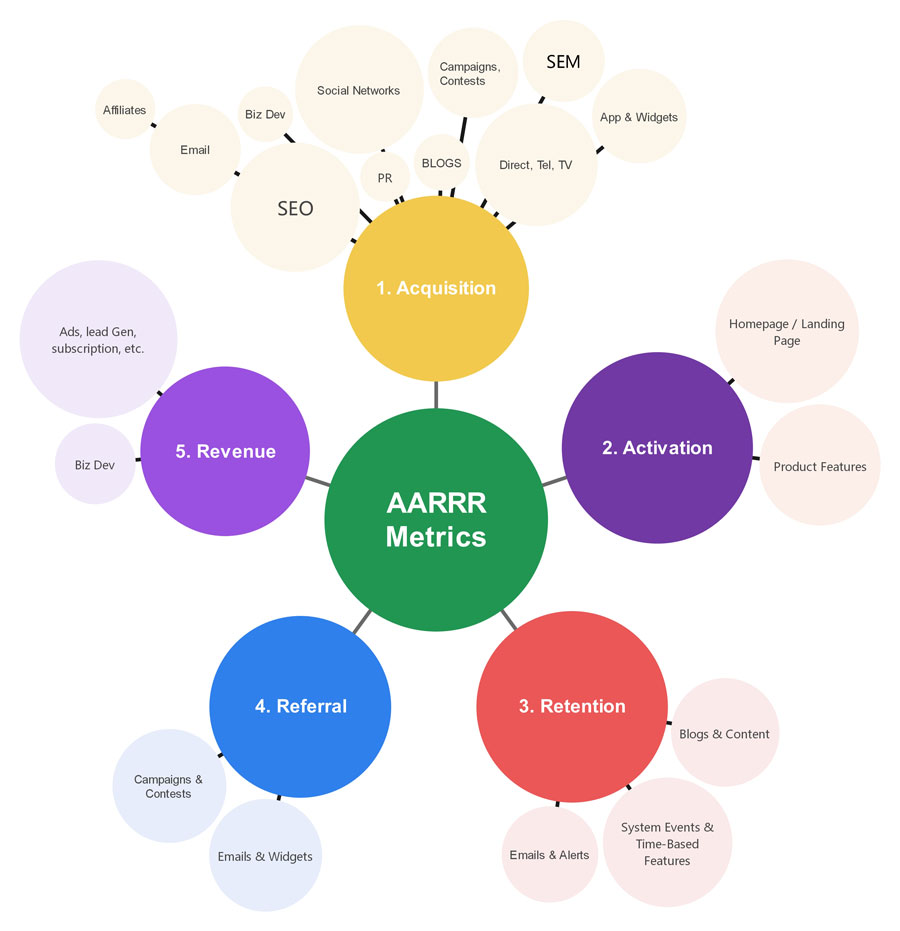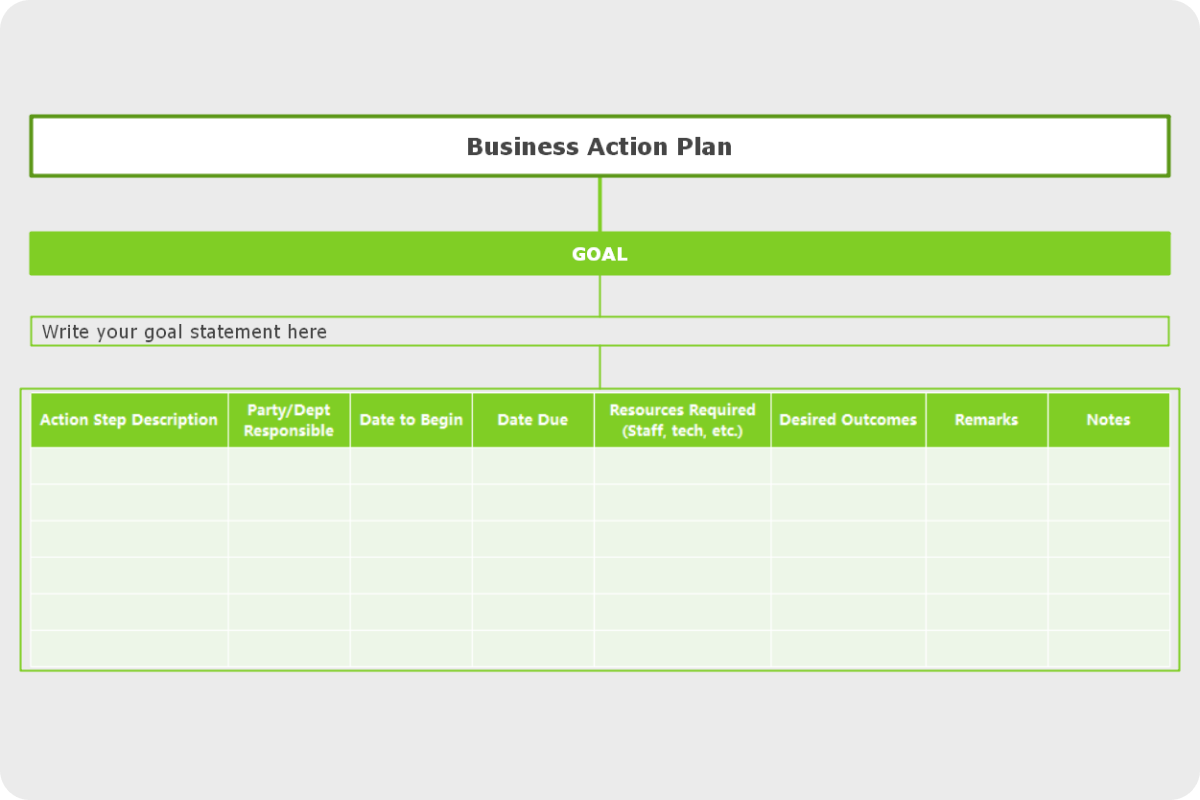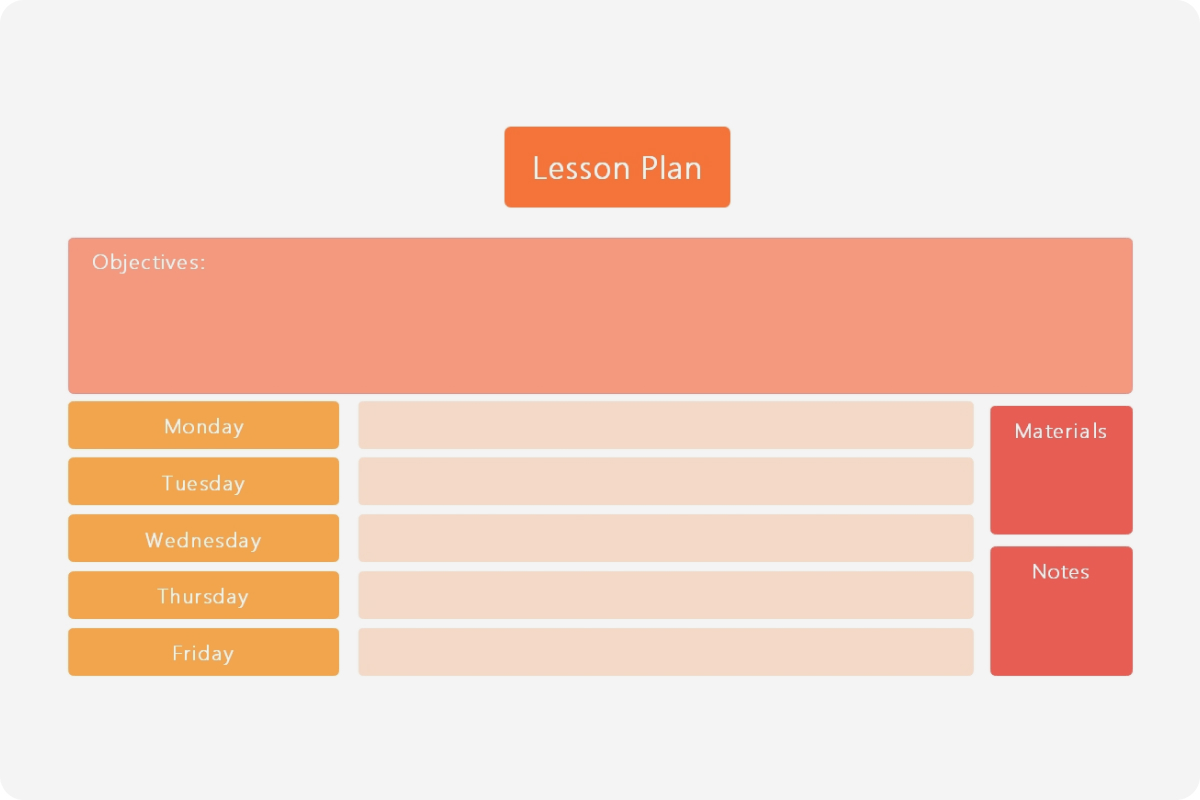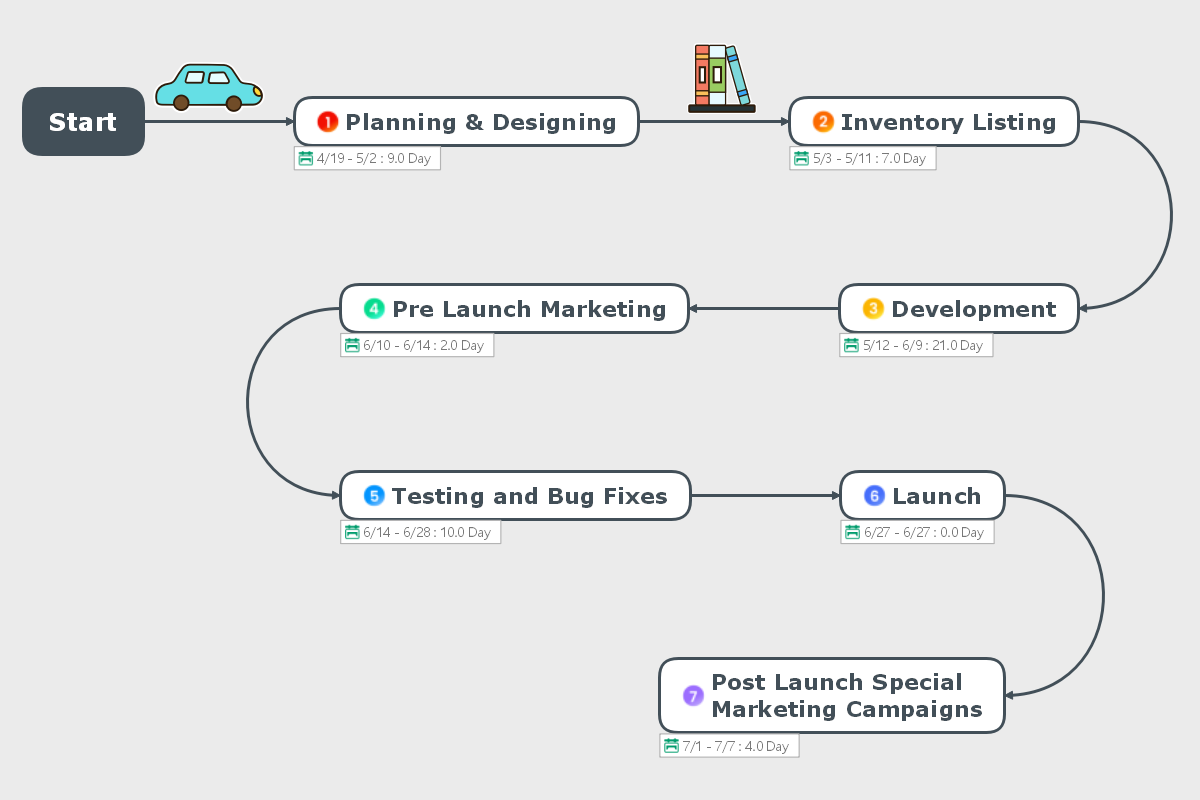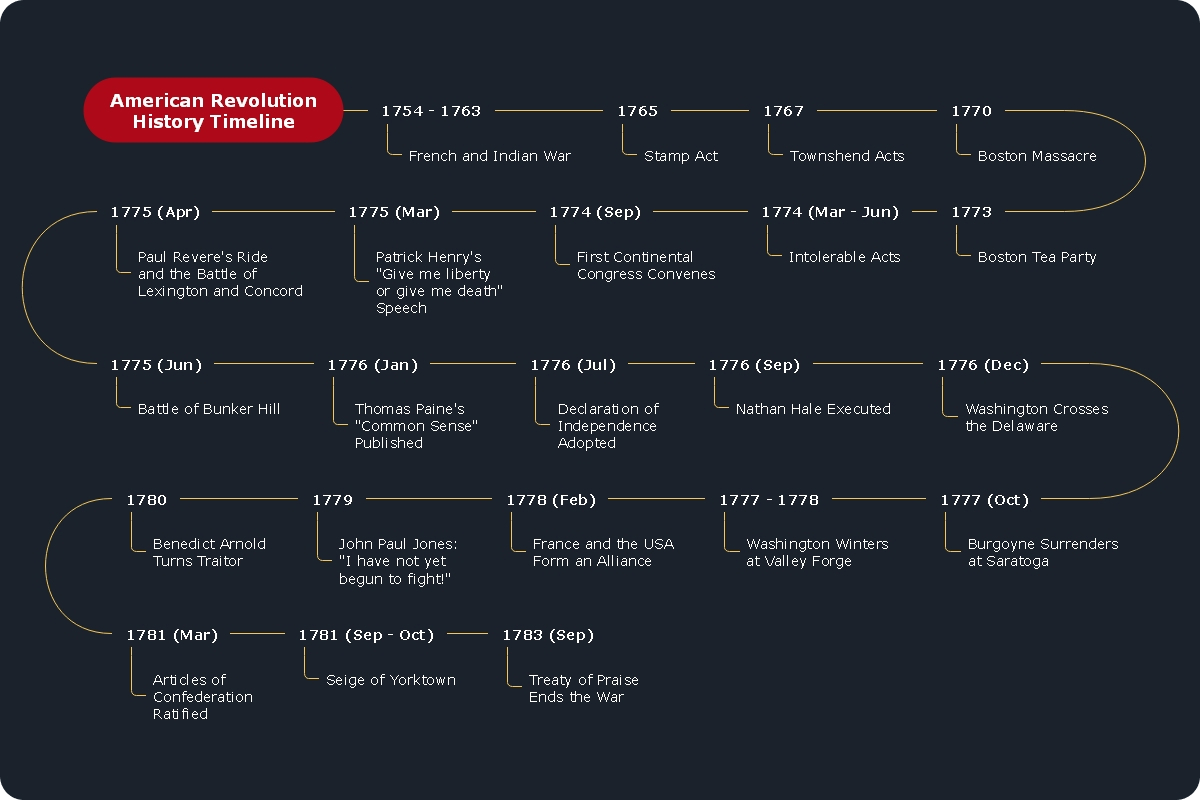About the AARRR framework template
AARRR stands for acquisition, activation, retention, referral, and revenue. It's a widely accepted marketing funnel formation model to analyze a business's performance and user behavior. This method was developed and created by Dave McClure, the investor of 500 startups venture capital fund, in 2007. AARRR is also known as Pirate metrics because of its funny pronunciation. Through the AARRR Metrics framework, we could clearly understand which process we need to track to prioritize goals and the next steps for business growth.
There are five stages in the AARRR funnel.
Acquisition process refers to how to make potential customers find the target website/links, etc. It is the step of getting traffic and attention and providing a pathway for potential customers to know about the products/company. Many methods can be used to attract individuals to visit your website, such as SEO/organic search, Social Networks, Apps and widgets, etc.
Activation is a process where individuals have their first user experience with the website and decide whether to try the product or not. The main objective of this process is to provide a good enough experience for potential customers and turn them (visitors) into engaged users. The effect of this stage depends on how good the users' first impression is. Therefore, it is essential to ensure that consumers have a happy visit and excellent user experience. User behavior signals about this stage are visitors signing up for their free trial, spending a given amount of time on the site, visiting additional pages, and so on.
The main goal of the retention stage is to turn users into active users, keep customers continuously engaged with the website again in the future to consume other content. Although the cost of retaining purchased clients is relatively high, core users could bring valuable effects to your business in multi-ways. Regular events, competitions, lottery draws are wonderful tricks to push users accustomed to checking the website updates periodically, which aim to lead clients to mentally interact with your website. During this stage, users might repeat visits to the website or use your product, opening / responding to your emails, re-purchasing the product, etc.
Referral is the strategy to turn happy users into brand missionaries, who will share the brand/product with others either publicly and privately. Some examples of referral are: signing up for and participating in referral programs, recommending friends or colleagues via word of mouth, and the use of social media sharing to promote your brand.
Revenue stage turns potential customers into paying customers. It brings value to customers and makes them purchase from you. Some examples of revenue stage are: achieving a set minimum revenue per customer, reaching break-even point for total revenue, exceeding the cost of customer acquisition.
Why should you use it?
There are several advantages of using the AARRR model to analyze business performance and user behavior. Firstly, instead of looking at the conversion to a paying customer, following the AARRR method could make sure that every step in the customer journey can be tracked. Just like farmers for planting trees, they need to be very familiar with the growth process and the conditions required to ensure a good harvest. Similarly, in business, what matters is not just how much profit does the visitor brings to the website. Only by knowing the operation logic can we understand the reason and how those site visitors convert to customers. Hence, we can check each stage separately and adjust our strategy about the client's behavior to make more revenue. Moreover, it can recognize the bottlenecks of the funnel. According to the user data of each stage which is recorded by following the AARRR metrics, the weakest point of the business could be discovered and well taken care of. Therefore, AARRR is a widely used metric for all businesses, and we should get to understand it for us to improve our operation and plans.
How to use AARRR?
Three important points need to be considered to effectively using the AARRR framework. The first one is to decide either quantity or the quality of users. Normally along with the business moves to a different stage, the user number will show a great drop-off. The more relevant the users, the more likely they'll be interested in your products. Secondly, the balance in the AARRR should be considered. It's important to focus consistently on each stage, and you don't want to miss out on simple opportunities to increase the interaction rate and gain profit. Thirdly, the Pareto Principle tells us that 80% of the result usually comes from 20% of your efforts. Thus, following AARRR metrics need to be very critical so that we might find the 20% of the things that could bring 80% of the results.
AARRR Case Studies/Examples
Here are examples of how the AARRR model/framework is used in different businesses. The first case is about the Groupon company. Groupon, which was established in 2008, is the world's largest group buying website. It covered 49 countries and had 115.7 million members. Groupon's growth strategy is very simple. Users who purchased Groupon can gain discounts by sharing it on social platforms such as Twitter and Facebook. In addition, they make sure to offer plenty of low-price shopping, activities, and coupons for customers to buy collectively. In this case, Groupon made the right referral shared growth strategy, which helped Groupon's business grow by 228% within a year.
The second case is about Airbnb revenue. Airbnb, founded in 2008, currently covers 191 countries and has more than 3 million listings, which is the world's largest shared accommodation platform. In the early days, Airbnb found through data that the booking rate of listings with a good image was twice higher than low-pixel photos listing, which means the quality of the uploaded room pictures has a significant impact on the booking rate. However, the landlord didn't realize that the photos taken were generally poorly lit, untidy, which greatly reduced the user's desire to book. In 2010, Airbnb began to hire professional photographers to assist hosts in taking photos of their listings and uploading them to listing pages. Benefiting from the attractive images taken by professional photographers, Airbnb's orders at the time increased by two to three times. In this case, Airbnb's core strategy is to find variables directly related to income, and then improve the corresponding indicators, help landlords improve the quality of their listing photos, thereby promoting order growth.
Overall, AARRR is a useful method to meet the operational goals by simplifying the complex process and knowing how to react in different stages. Understanding these metrics allows operators and managers to know the existing problems, the target audience, effectiveness of promotion and advertising, and expand the business more effectively.
